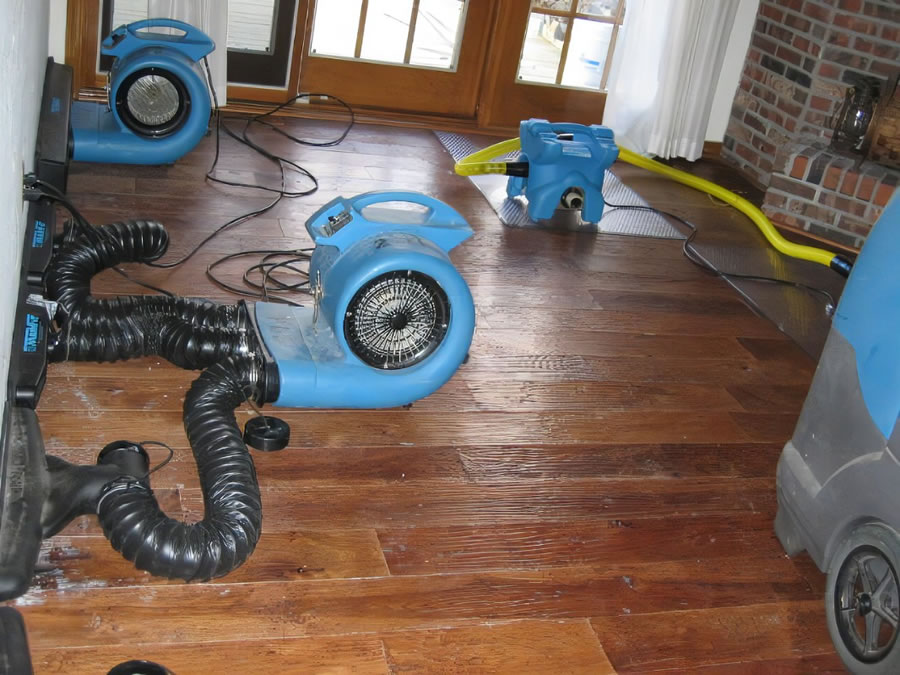404-900-3852
15-45 Minutes Response Time
404-900-3852
15-45 Minutes Response Time
One of the most stressful sights in a household is a water-damaged wall or piece of furniture. Not only is water damaging to your home, but it also affects the belongings inside it. Tidal Wave Restoration can get you started repairing your wood furniture. Wood furniture that has been soaked with water will warp and crack if it is left untreated. Immediate water damage restoration is crucial. Water damage repair can be costly and time-consuming, especially when dealing with furniture that you may have had for years; however, don't let that deter you from restoring your furniture to its previous condition.


How To Prevent Water Damage from Leaking Appliances Water damage from leaking appliances can wreak…
 December 11,2023
December 11,2023

Precautionary Measures to Prevent a Fire on Your Home Home and business fires are awfully…
 December 06,2023
December 06,2023
Water is one of the most destructive forces in nature and can also be one of the most damaging to your wood furniture. No matter how careful you are with your furniture, a damp spot or even a small leak could spell disaster for your favorite piece.
The first sign of water damage is usually discoloration. Depending on its composition, water can cause wood to turn yellow or brown. The discoloration often looks like mildew or mold but is caused by wood rot that occurs when water-saturated wood is exposed to air. This discoloration may not be noticeable at first but will worsen over time as more moisture seeps into the wood’s cells and expands outward like balloons.
Once you spot discoloration on your furniture, it’s important to dry out the area as quickly as possible before mold develops inside the pores of the wood’s surface fibers. Use fans and dehumidifiers to remove moisture from the air and wipe away any standing water with paper towels or rags. If you have access to a vacuum cleaner with an attachment designed for hardwood floors, use this instead of a broom.
If there is a finish on your wood furniture, it may be possible to strip it off with mineral spirits. Use a paintbrush or old rag, and apply mineral spirits to the damaged area. Carefully remove the finish from the area, and allow the wood to dry completely before continuing. If you cannot strip off the finish, you may consider sanding down the whole piece of furniture and starting over.
Once you've stripped off any existing finishes, sand down the entire surface of your piece of furniture with 120-grit sandpaper until it feels smooth and even. Make sure that all edges and corners are sanded and any areas with gaps between boards or joints. This will help ensure that your final finish will adhere properly to these areas and provide a seamless appearance once it has dried completely.
The seams between pieces of wood are very prone to splitting or cracking when exposed to moisture. If your furniture has gaps or broken joints, apply a thin layer of wood glue to each joint and clamp them until they're dry. This will reinforce the joints, so they don't split again when you move or sit down on them.
If your wooden furniture has cracks in its finish, there are two ways to fix this problem: either staining the entire piece or painting over the existing finish with a new color. If you want to paint your piece but don't want it to look new (or if you simply don't have time), then choose an antique-style paint that looks like old varnish or lacquer from decades of use.
Varnish is a clear coating that protects wood from water damage and other environmental factors. You can apply varnish with a brush or sprayer, but it's best to leave this project to professionals. They know how much varnish to use and how long it takes to dry properly — saving you time and money in the long run!
Restoring a water-damaged piece of wood furniture can be rewarding and cathartic, but it isn't always easy. From obtaining the best possible results to doing it all by yourself to deciding whether or not to paint a water-damaged piece of wood furniture, these tips can help you determine the best course of action for water damage repair of your wood furniture.